The story that follows was gleaned from a biogragical portrait of Bad Axe and the Huron County Poor Farm published about 1900. While edited for content, it contains the language common of that point in time.
Bad Axe, Michigan, the Thumb’s Best Town
The subject of “Poor Houses” is a challenging but fascinating bit of Michigan history. In order to address poverty in Michigan, an 1830 law directed each county to build a poor house. The typical county acquired land and hired a local person with a farming background. The couple would live at the Poor House and provide the residents referred to as “inmates” in the official reports.
Many Poor farms or houses were established in Michigan in the mid- to late 1800s. Compared to England’s poor houses, famously portrayed in Charles Dicken’s play Oliver Twist, they were modern and comfortable. However, most residents who lived in poor houses could not work, or if they could, they were minimally productive. Income from crops raised at many institutions helped defray costs, but it seldom covered all expenses.
The Poor House served an incredibly diverse group: the insane, alcoholic, feeble, indolent, senile, developmentally disabled, handicapped, injured, sick, and transient. Their standard label was that they were poor and likely elderly and alone. Some stayed for a short time, but others remained until they died and were buried in an unmarked pulper grave.
The Huron County Farm
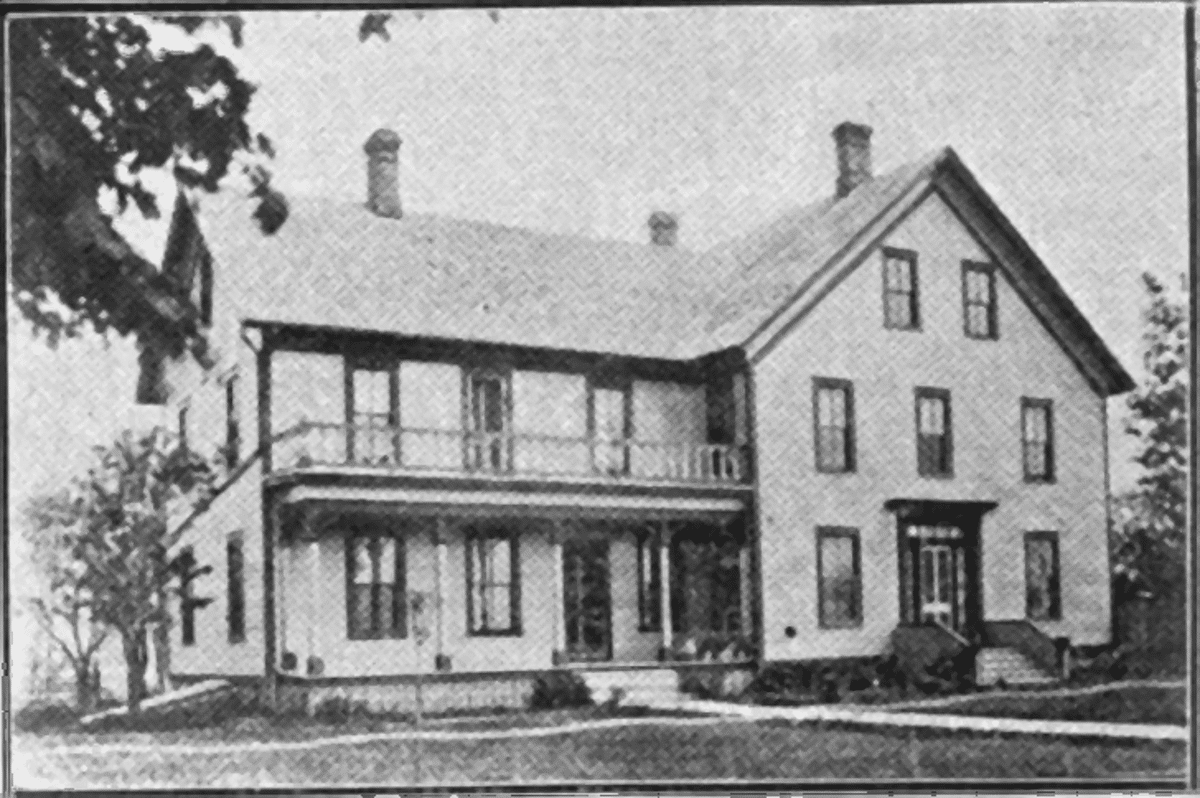
In 1875 the Board of Supervisors purchased 200 acres of land about one mile west of the village to be used as a county farm to support the aged decrepit poor. The site was all wild and untouched land. The land was cleared, and in 1877 a fine two-story house was built. It had 25 rooms. Each was well furnished, ventilated, and heated with stoves. The entire project cost about $4,000. Miraculously, the large wooden house escaped the Great Fire of 1881.
In 1884, William Story was appointed Superintendent, holding the office for seven years. He was succeeded by John M. Cary, who remained for four years. The present Superintendent, Samuel Geiger, was appointed in February 1896. He is a native of Hay, Huron Co., Ontario, and has made a most efficient and excellent Superintendent. The last 20 acres of the farm were cleared in the previous year, and 200 acres are now under cultivation. During Mr. Geiger’s tenure, an ice house and windmill supplying water to the house and barn were added, and about two miles of Paige wire fence were built.
The Poor Farm’s Operations
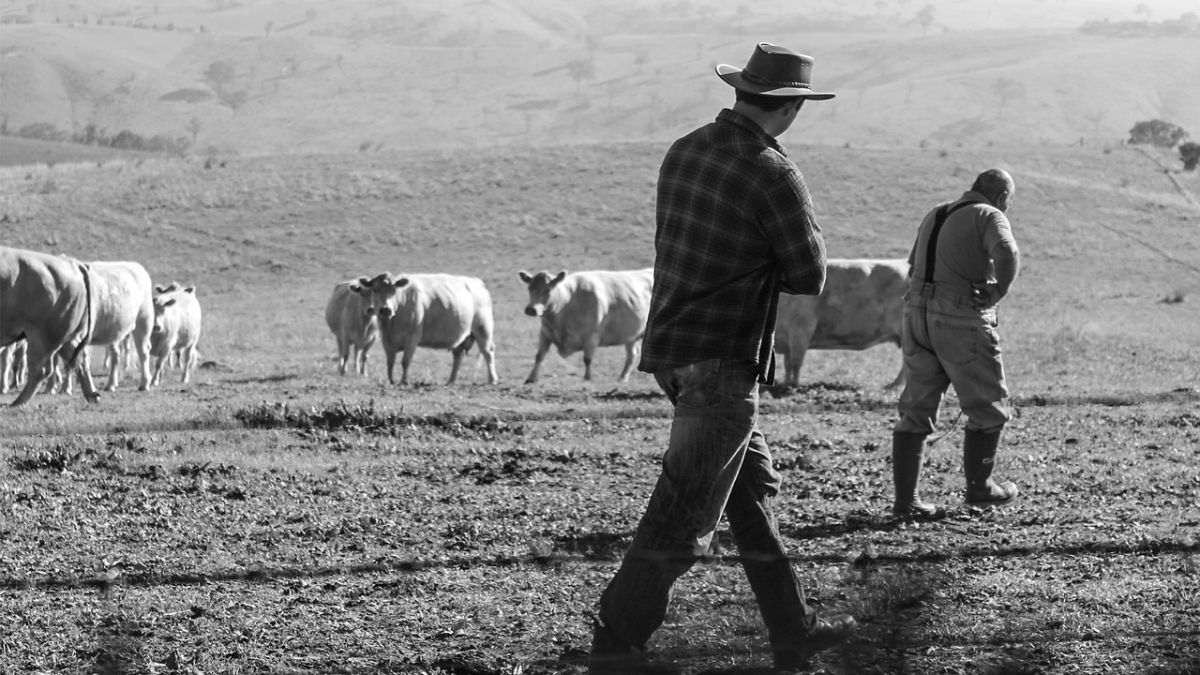
The number of inmates runs from 14 to 25 a year, and the cost for maintenance is $1.85 per person per week, but as most of the food consumed is raised on the farm, the direct cost is negligible. The only things purchased are groceries, fuel, and clothing; most of this is paid for by produce sold from the farm. Except for one man and a boy in summer, the inmates perform all the labor. The institution is controlled by the County Hoard of Superintendents of the Poor, consisting of Francis Thompson, Michael Hanselmann, and Septimus Irwin.
The successful conduct of an institution of this kind is a task of no small magnitude, and Mr. Geiger is to be congratulated upon bringing the County Farm to such a state of cultivation. Whatever farm products he may have to sell each year always get the highest market price, and the dairy ranks with the best in a county noted for its good cattle and high-grade butter.
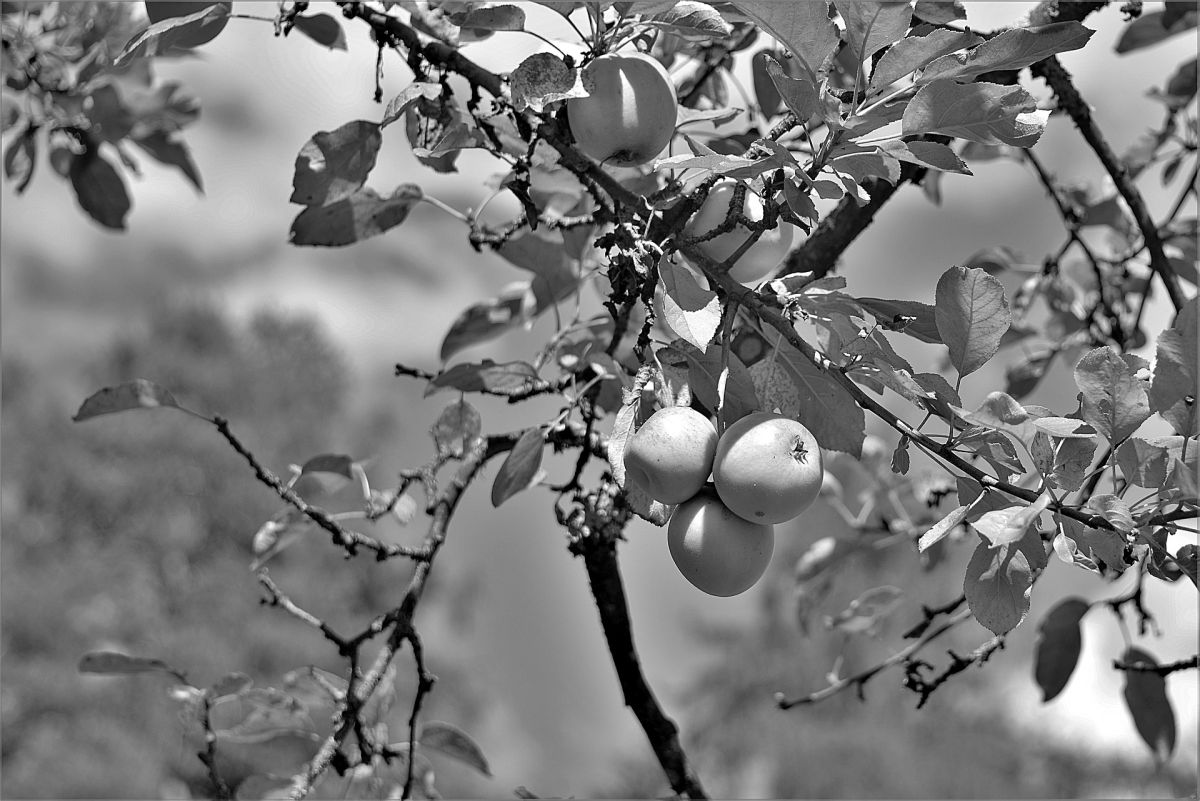
Just east of the farm building is a large orchard that usually produces a flue grade of fruit, and the County Farm apples are a notable commodity among Bad Axe merchants.
Unfortunate as is a lot of those compelled to spend the evening of life at the home of this kind, Huron County comfortably provides for its poor.”
Care of the Aged, A sustainable Poor Farm
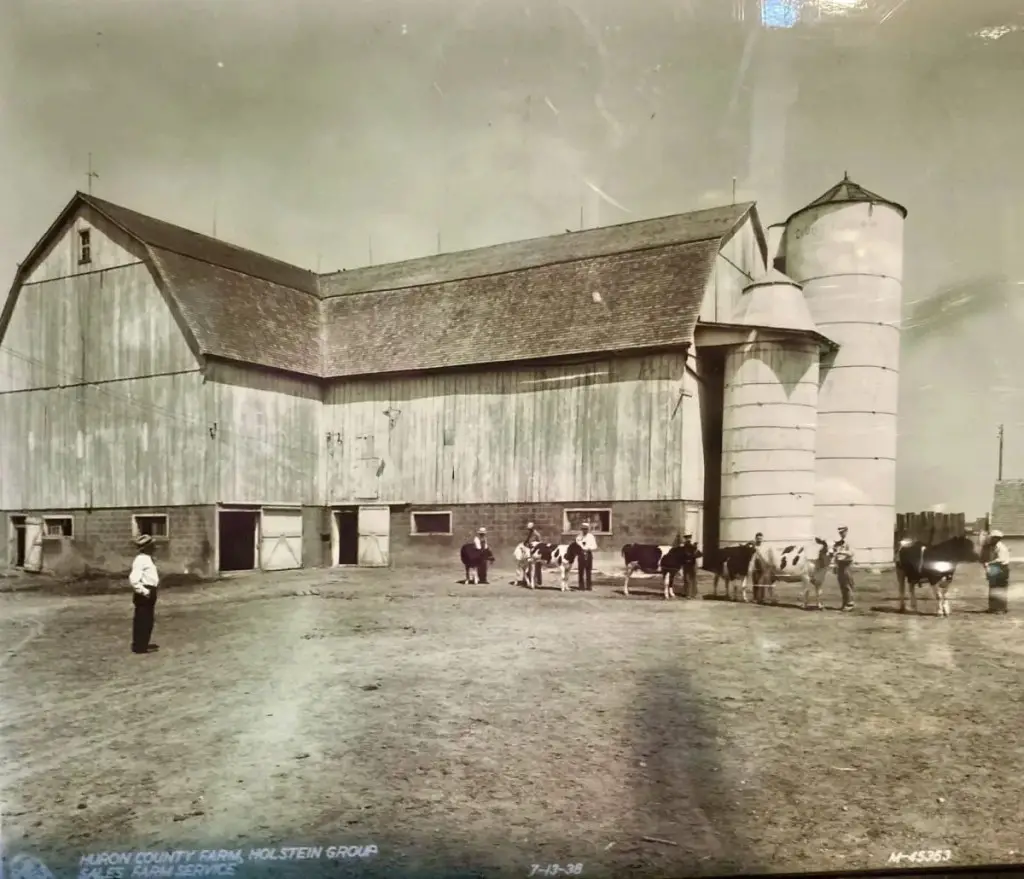
Elderly inmates who were in good health lived and worked on the farm. The dairy herd was considered one of the top herds in the state and won many awards at area fairs. The farm was well stocked with cattle, hogs, and horses. Crops such as hay, wheat, corn, and oats provided feed for the animals. Wheat was also grown for additional income.
The End of the Poor Farms and Houses
The end of most for the Poor Farm operations occurred when Social Security was enacted in 1935. Many of the functions became housing for acute health issues such as tuberculosis or mental illness. The Huron County Poor Farm was used for 60 years. In 1937 it was replaced by the first unit of the Huron Medical Care Facility.

The farm continued operations until 1957. Then in March, all livestock and farm equipment was sold at a public auction. The sale liquidated 40 head of cattle and a complete line of farm equipment and resulted in $11,114 for Huron County.
FAQ About Poor Farms
What was the purpose of the Huron County Poor Farm?
The Huron County Poor Farm was established in the late 1800s as a place to provide shelter and support for the poor, elderly, disabled, and those who were unable to care for themselves. It functioned as a self-sufficient farm where residents could work in exchange for food, shelter, and care, reflecting the social welfare approach of that era.
How long did the Huron County Poor Farm operate?
The Huron County Poor Farm operated from its inception in the late 1800s until it was closed in 1937. Over its operational years, it served as a refuge for many residents of Huron County who needed assistance due to poverty, illness, or old age.
What happened to the Huron County Poor Farm after it closed?
The Huron County Poor Farm was used for 60 years. In 1937, it was replaced by the first unit of the Huron Medical Care Facility.
Why is the Huron County Poor Farm historically significant?
The Huron County Poor Farm is historically significant because it represents a bygone era of social care before the establishment of modern welfare systems. It provides insights into the living conditions and social attitudes towards poverty and care for the less fortunate in the 19th and early 20th centuries. The farm is also a part of local history, reflecting the community’s effort to care for its needy residents.
Other Poor Farms From Michigan History
Related Reading
- The Northern Michigan Jewish Colony of Palestine – The article on Thumbwind discusses the establishment of a Jewish agricultural colony called the Palestine Colony in Northern Michigan in the late 1800s. Funded by European barons like Moritz de Hirsch, this colony aimed to provide a new life for Russian Jews by settling them on farms near Bad Axe, Michigan. Despite initial optimism and the creation of a small community with a synagogue and a school, the colony struggled due to poor agricultural skills, economic hardships, and eventually disbanded within a few years. For more details, you can read the full article here.
- Kinde Michigan – Our Beantown – A small farming village in the Thumb region known for its rich history and community events. Founded in the 1880s by John Kinde, it transitioned from lumbering to agriculture, becoming famous as the “Bean Capital of the World.” The village hosts the annual Kinde Polka Festival, attracting visitors with music, food, and local traditions. Key attractions include Biff’s Bowling, The Pasta House, and Heck’s Bar, offering a slice of small-town charm and family-friendly activities. For more information, read the full article here.
- Thumb Airspace Could See Low Altitude Combat Training – This article covers a proposal by the Air National Guard to conduct low-altitude combat training over Michigan’s Thumb area, involving flights as low as 500 feet over land and 100 feet over water. The proposed changes have sparked concern among local residents, forming the Huron County Quiet Skies Coalition, who fear that increased noise and activity could impact tourism, agriculture, and overall quality of life. The coalition advocates for preserving the region’s quiet and rural character. For further details, you can read the full article here.
- A Castle and Michigan Indian Gold in the Thumb – The article explores the legend of Loosemore’s Castle in Michigan’s Thumb region, a mysterious driftwood structure built by Hugh Loosemore. Locals believed the area, known as Loosemore Point, concealed Indian gold, possibly from Inca origins. Though widely reported in local lore and historical accounts, there is little concrete evidence of Loosemore or the castle’s exact location. The story remains a mix of local history and myth, highlighting the enduring allure of hidden treasure tales in Michigan’s folklore. For more details, read the full article here.
- The Horrid History of 3 Indian Boarding Schools in Michigan – The article on Thumbwind examines the history of three Indian boarding schools in Michigan, including the Mount Pleasant Indian Industrial Boarding School, which operated from 1893 to 1934. These schools aimed to assimilate Native American children by erasing their cultural identities, enforcing English language use, and mandating Christian practices. The harsh conditions, including forced labor and strict discipline, had long-lasting negative impacts on Indigenous communities. Efforts like the “Journey for Forgiveness” are now underway to acknowledge and heal from this painful legacy. For more information, read the full article here.
Discover more from Thumbwind
Subscribe to get the latest posts sent to your email.

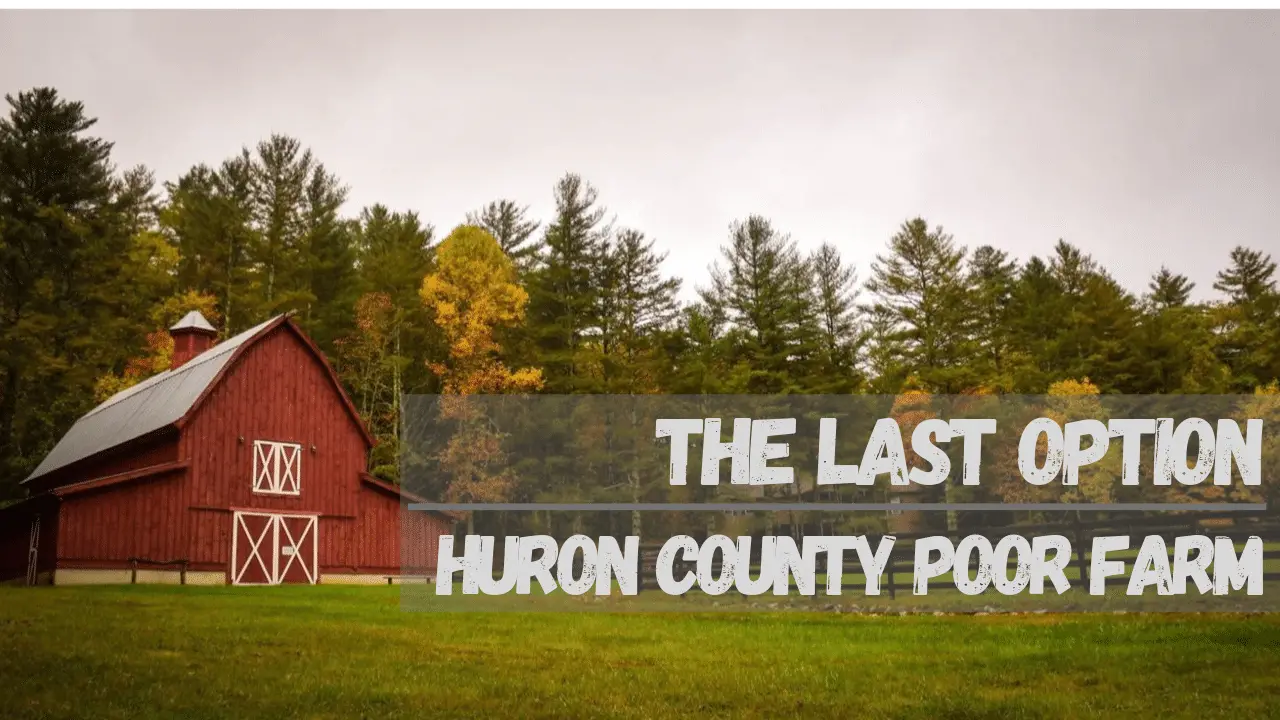




“. . . buried in an unmarked pulpers grave?”